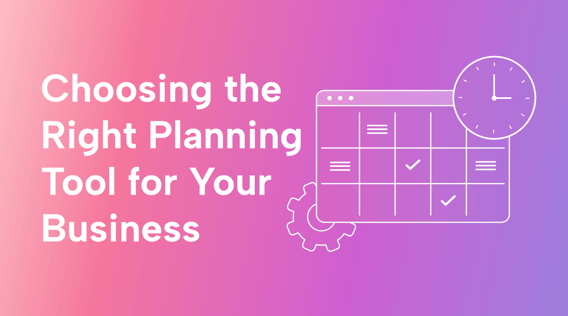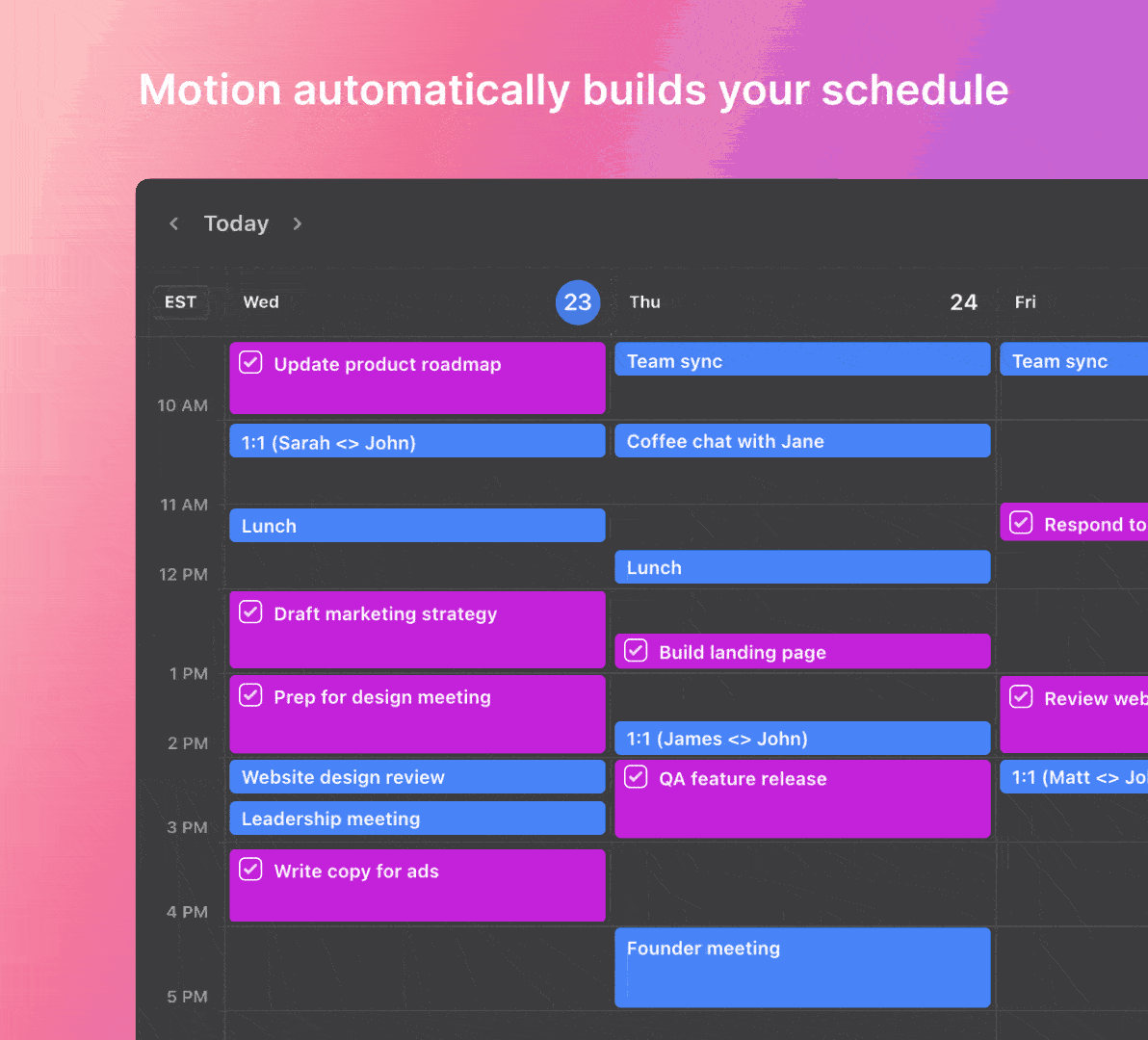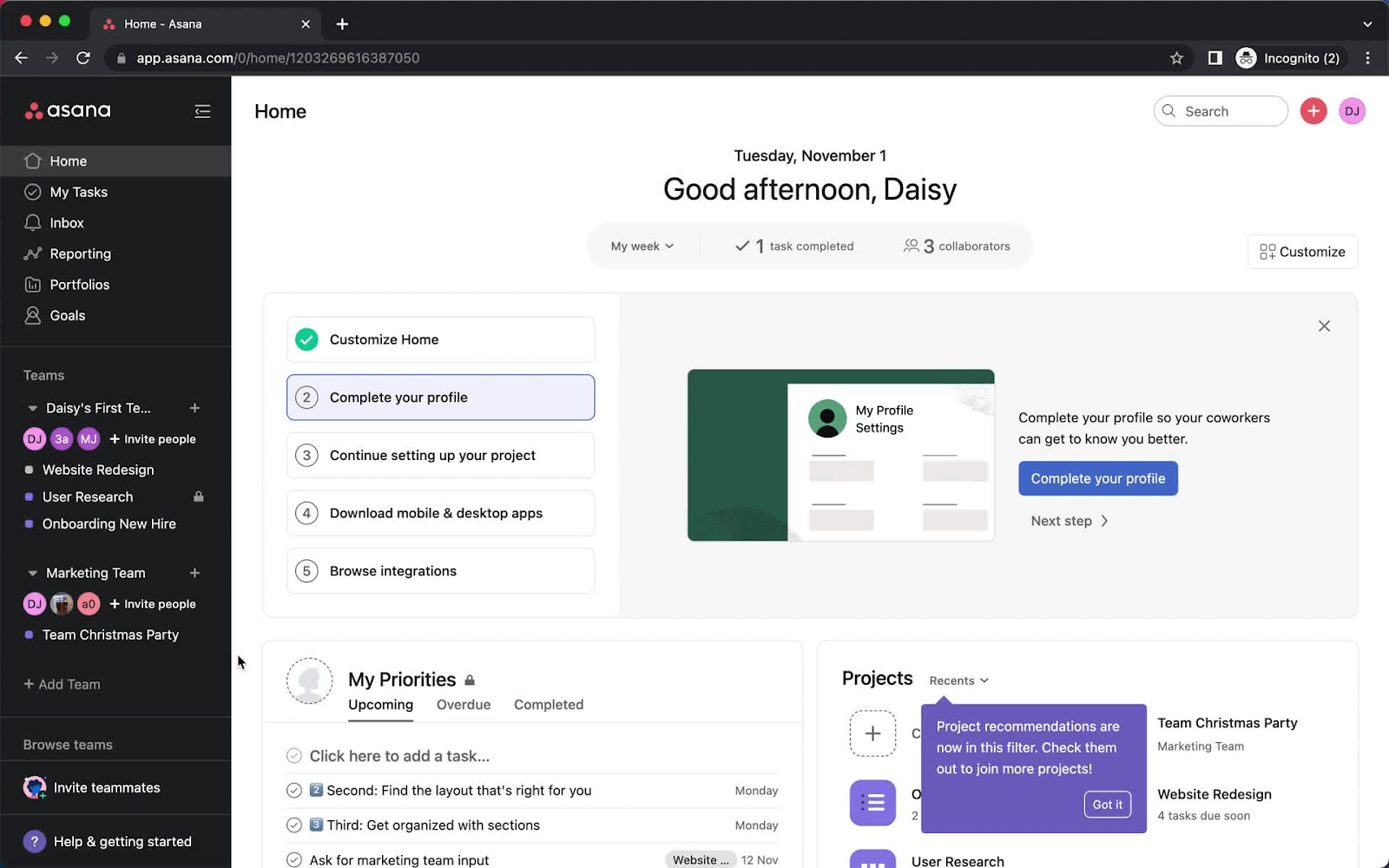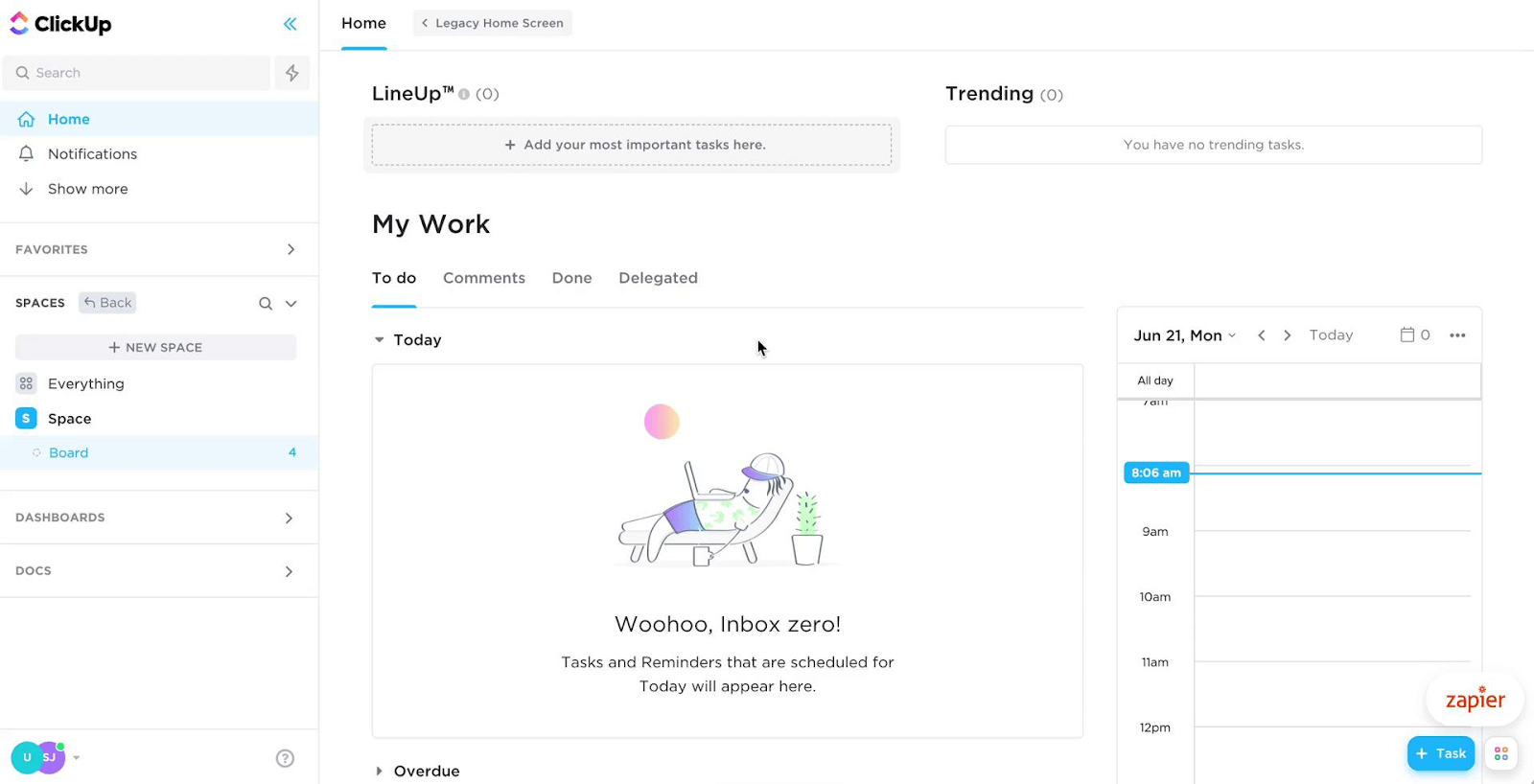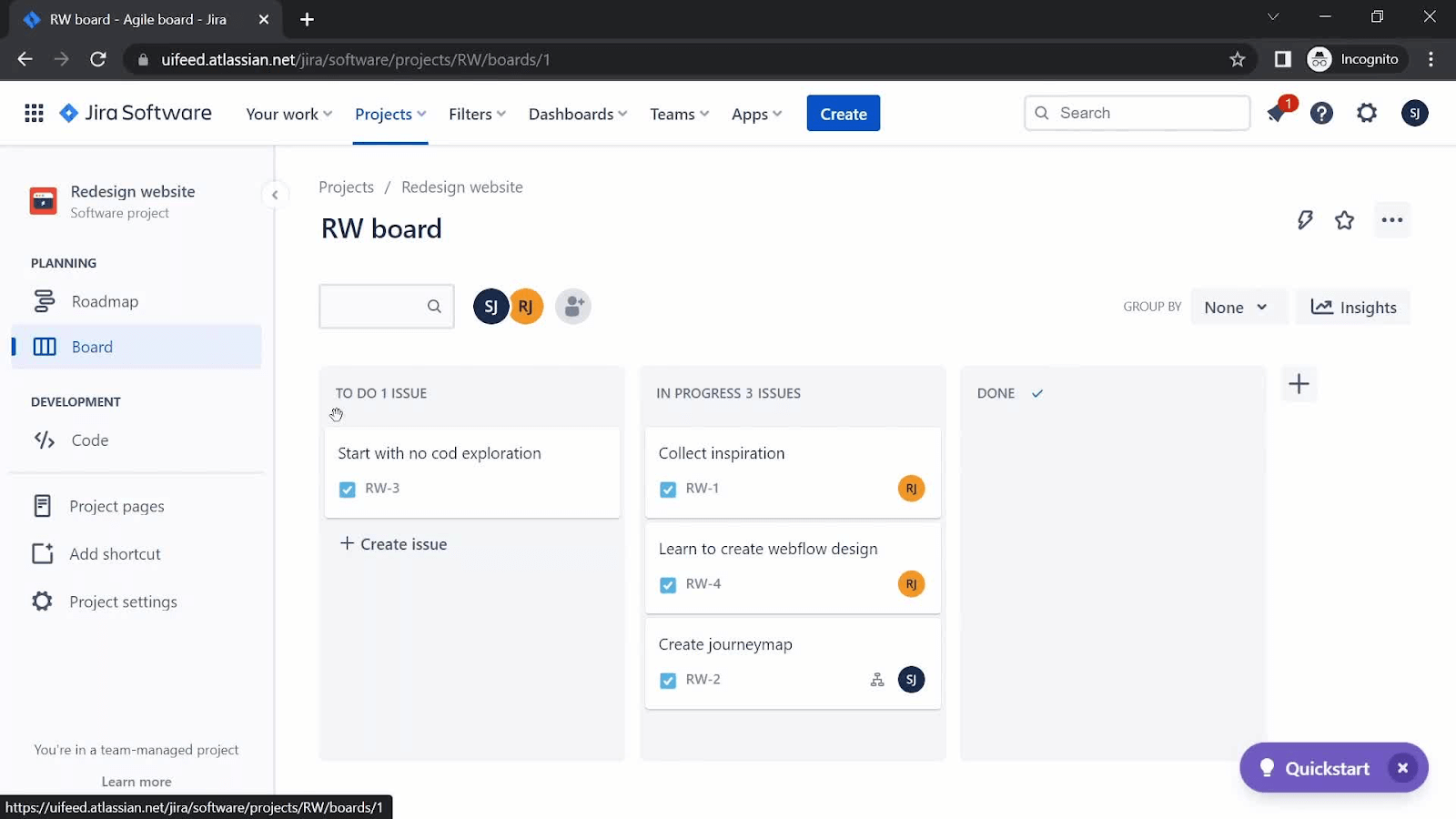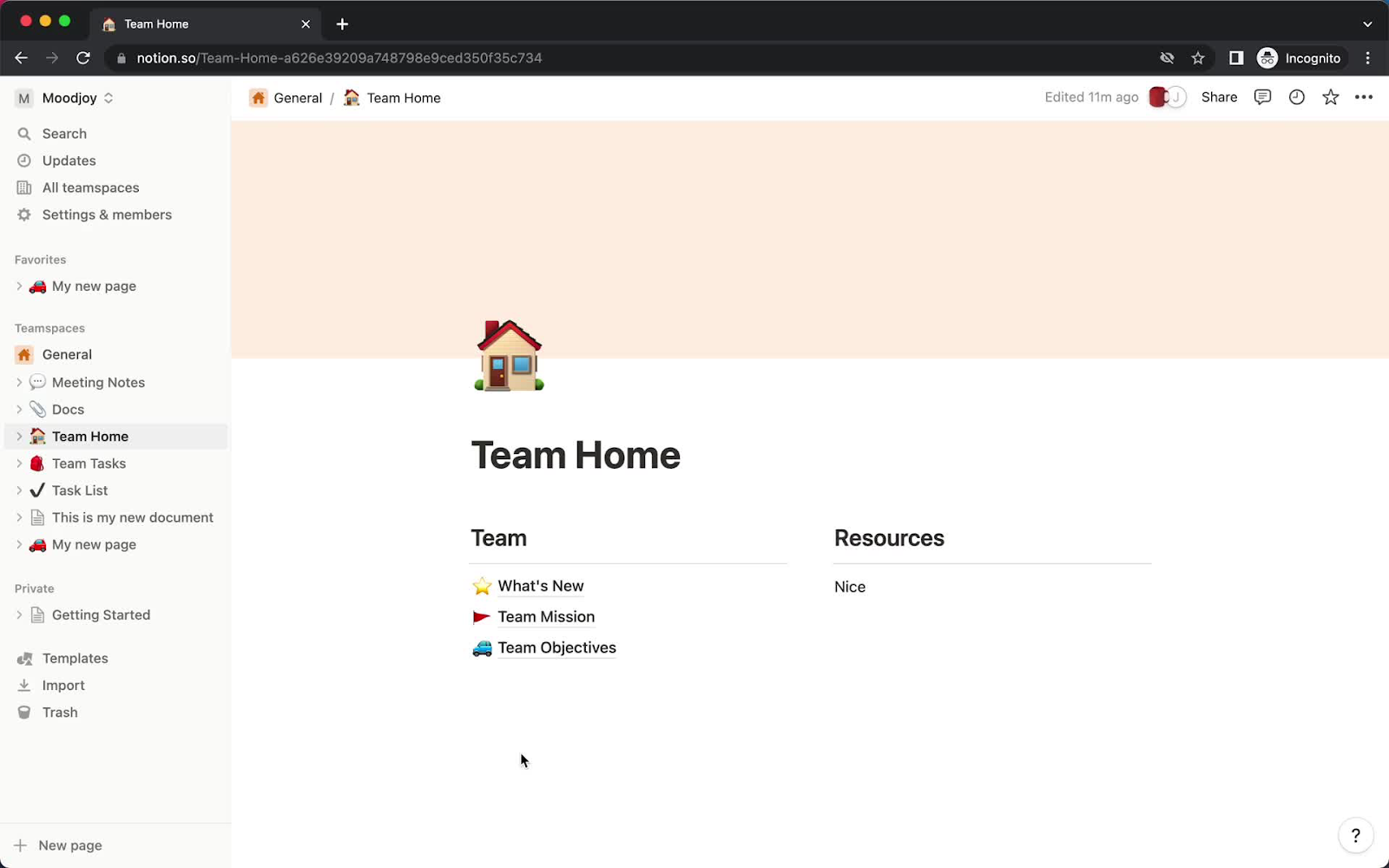To run a business effectively as a business owner, you need the right tools. Planning for short and long-term goals takes time and organization. That’s why you need a planning tool (or two).
But how do you know which planning tool or app is right for your business? Paying a year’s subscription for a tool that turns out to be something you don’t need is disappointing and, frankly, a waste of time and money.
In this article, we share five project planning tools to consider while you’re on the search. For best results, follow the tips outlined in this guide, and you’ll be planning effectively in no time.
What is a planning tool, and why is it important for business?
A planning tool is a specialized software, app, or framework that helps businesses set, organize, and manage goals and objectives. It provides a structured approach to strategic, operational, tactical, and contingency planning. Planning tools cover many areas, in both professional and personal aspects.
Most importantly, a planning tool can and should support efforts to optimize resources and efficiently achieve desired outcomes. Here are some reasons planning tools are essential in business and even personal projects:
- They help plan and organize deliverables and break them down into tasks.
- They help assign resources to the tasks, including the people who’ll work on them.
- They help determine task duration and dependencies, as well as deadlines.
- They help establish a schedule and budget to track progress and performance.
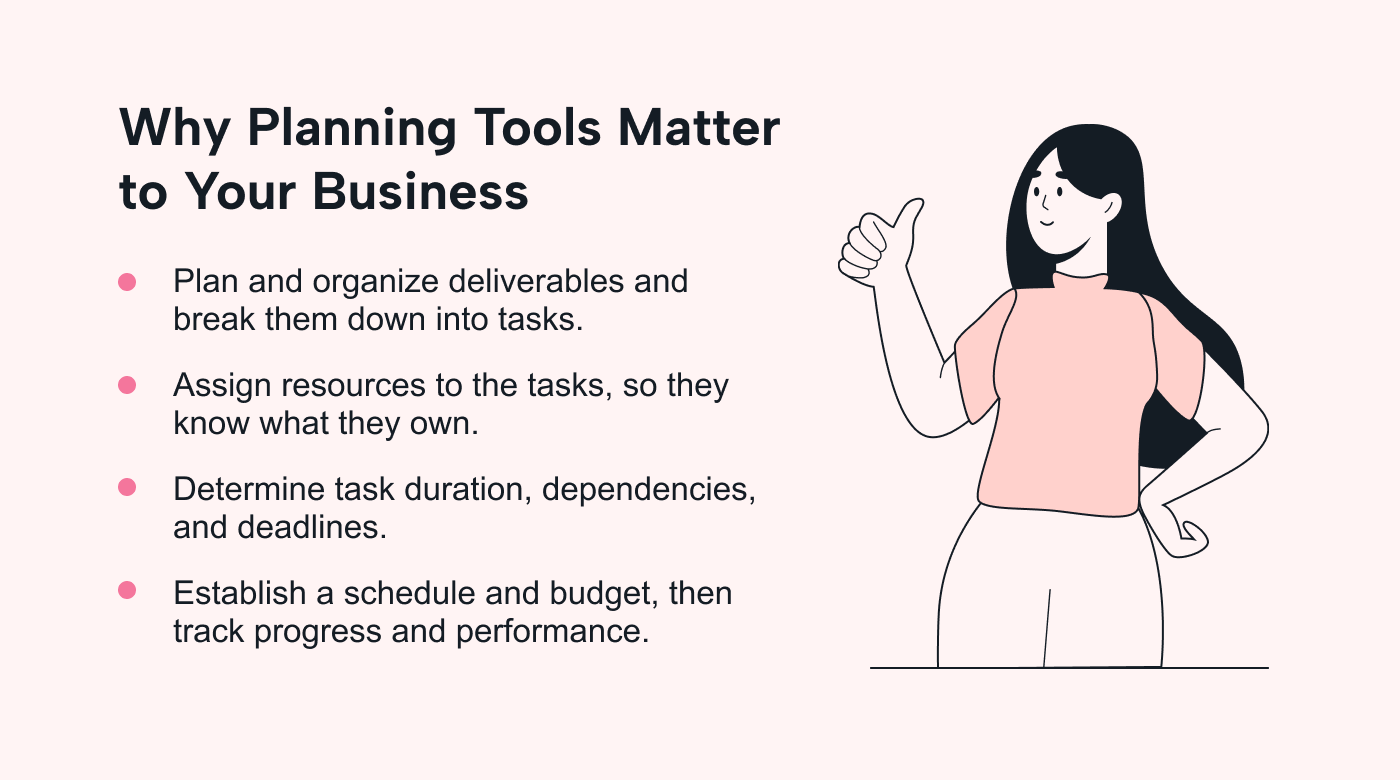 |
Planning tools are integral to every project you undertake in your business, from digital marketing to financial projection and everything in between. That’s why it’s critical to know how to choose the right one for your needs.
Types of planning tools
There are many types of planning tools, from project planning tools to financial tools. There are also tools for every kind of planning, strategic, operational, tactical, or contingency.
To choose a planning tool, you must first understand the options available for what you need. Here are some of the most common types of planning tools in business:
- Project management tools: These are tools designed to plan, execute, and track progress on projects.
- CRM software: Customer Relationship Management tools help plan and manage communication with customers in marketing and sales efforts.
- Scheduling apps: Applications for organizing and optimizing schedules, ensuring tasks and appointments are well-structured.
- Accounting software: Tools for financial planning and management, including budgeting, invoicing, and expense tracking.
- Content planning tools: Resources to streamline content creation and distribution, aiding content strategy and editorial planning.
- Roadmap apps: Applications for visualizing and communicating a strategic plan or product development roadmap.
- Kanban boards: Visual project planning tools that facilitate task tracking and workflow optimization.
- SWOT analysis aids: Tools for assessing strengths, weaknesses, opportunities, and threats in business planning.
- Objectives and key results (OKR) tools: Instruments for setting, tracking, and achieving measurable objectives and results.
- Risk planning and management apps: Software to identify, assess, and mitigate risks in various business operations and projects.
- Time-based planners: Apps that help you plan day-to-day or month-to-month. Most tools fit into these categories, but others concentrate on daily planning, for example.
Planning tools are also targeted to specific types of teams. In some cases, the tool will be unique for a particular kind of work, and in others, they’ll offer solutions for many team types. Make sure to look at what type of work they offer solutions for before digging too deep into the features.
How to choose the right planning tool for your business
Choosing the ideal planning tool requires discernment and an analytical approach. Here are some tips to help you decide about the planning tool you seek.
Use a notebook or a sheet to help you track the research and your options. Add labels for the tools that seem to have the best solution for your needs as research progresses. To help you distinguish among them perhaps rank them from best to worst.
Set a goal
Begin by clearly outlining your specific planning needs. What are your objectives and project goals? Are you planning strategically, operationally, tactically, or for contingency?
Let’s say your goal is to plan a project. What exactly do you plan to achieve with your project and your planning? Technically, you have a second goal, which is to choose a planning tool that fulfills your requirements.
Define your requirements for the planning tool.
Create a list of features and functionalities that are essential to your planning process. Consider all the possible things you’d like to achieve with a planning tool and use a priority matrix to know what features are must-haves and which others can be optional.
For planning a project, consider factors such as:
- Task and activity management
- Timelines and Kanban boards
- Resource allocation
- Collaboration and communication
- Document management
- Scheduling
- User-friendly interface
- Feedback and evaluation
- Integration with other tools you already use
- Easy to create and track to-do lists
- Wide range of planning views
- Variety of features for undone work and time tracking
Here’s an example to get you started:
Our project needs a tool to strategically and operationally plan what needs doing, how, and when. We need to plan for key objectives and scope. We also need to organize our team and who’ll be in charge of what, with deadlines and a tracking system. We need project timelines, an intuitive interface, and a Google Calendar integration.
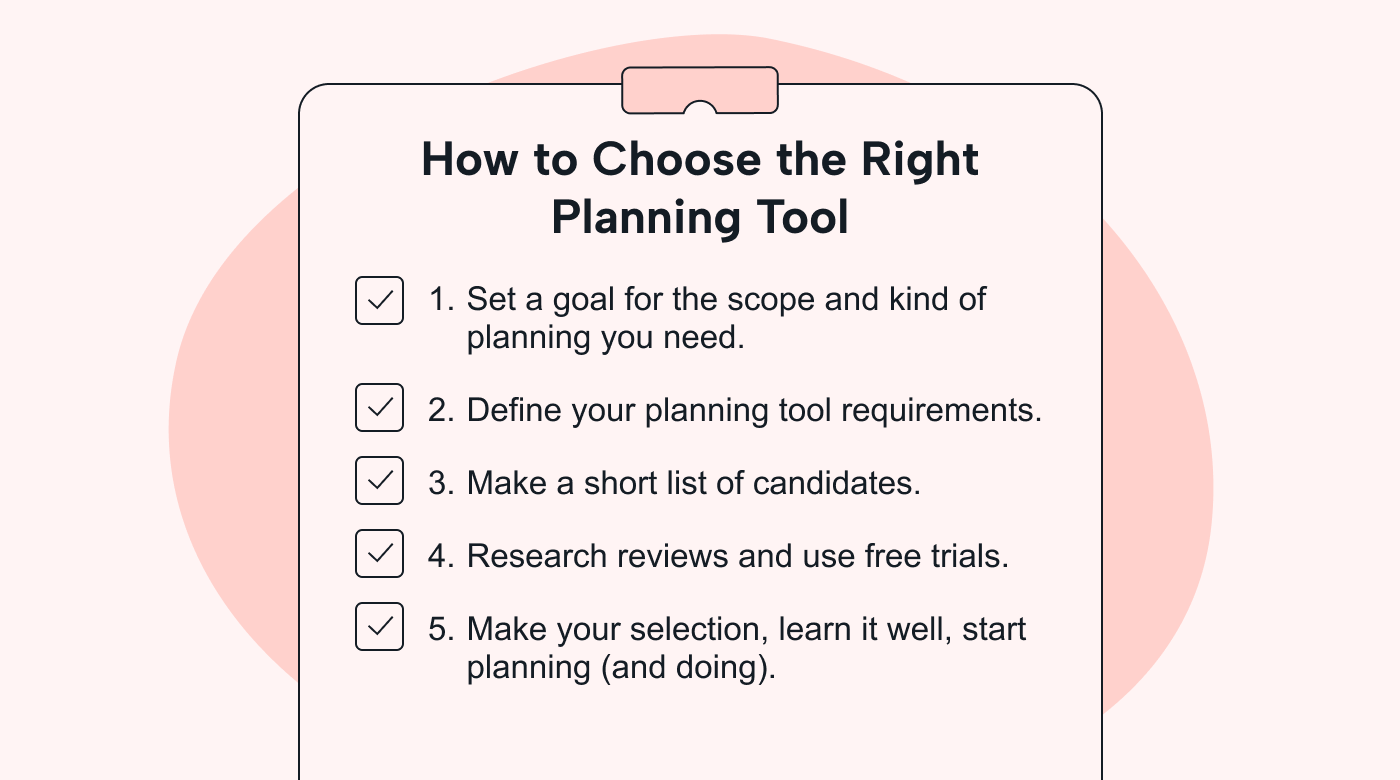 |
Research the tools and use free trials
Research and identify potential planning tools that align with your requirements. Seek recommendations, read reviews, and compare options to create a long list of promising candidates.
Narrow your choices down to a shortlist by evaluating each tool’s suitability for your needs and requirements. Select the ones that check the most boxes and then make a shortlist.
Before making a final decision, take advantage of trial versions or demos offered by the planning tools in your shortlist. Ask for or search online for tours and demos of the tool. If you can, ask plenty of questions, especially about advanced features.
Assess how the tools performed against each other and make a decision. Then, learn everything about the tool you chose so you can get the most out of it.
5 of the best project planning tools to try
Part of choosing the right planning tool is knowing what's available. These are five of the best planning tools available for planning. There are many more, but these are the most used by project managers.
Motion
Motion is an all-in-one productivity app where you can manage projects and tasks in an efficient interface with AI-backed features that optimize scheduling and tracking work and meetings for your team.
Key features
- Integrated AI-assisted calendar and task manager.
- Project planner and manager with Kanban boards and other views.
- Detailed task manager with dependencies and assigned resources.
- Coordinated meeting assistant that considers everyone’s schedules.
- Helps users focus on what matters most – the work.
- Easy set-up with drag-and-drop interface.
Unique selling point
Using AI, Motion automatically builds all your schedules, not just projects, according to your preferred working hours, priorities, and work-in-progress. It makes sure you meet deadlines, tracks your priorities, limits meetings, and guards time for uninterrupted work.
Pricing
Motion pricing is as follows:
- Individual - $19/month
- Team - $12/month
Asana
Asana is a cross-functional productivity platform that helps teams work together faster. This tool helps organize complex projects across teams using different planning solutions and features. When you finish tasks and tick them off, a flying unicorn across your screen celebrates with you.
Key features
- Shared project boards with assigned tasks and subtasks
- Custom fields
- Forms
- Templates
- Approval sequences
- Plenty of view options
Unique selling point
Asana focuses on efficiency and making complex work simple. There are several views to work on: lists, timelines, and boards. Additionally, different teams with different boards can work together thanks to tasks that can be applied simultaneously to different projects.
Pricing
Asana pricing is as follows:
- Basic - Free
- Premium - $10.99/user per month
- Business - $13.49/user per month
- Enterprise - $24.99/user per month
ClickUp
ClickUp combines all planning tools to cut costs and eliminate chaos. This tool offers solutions for marketing, product, engineering, and agency teams. It also offers 15 different work views to help organize any type of work.
Key features
- User roles
- Hierarchy in workspaces
- Command Center
- Bulk actions
- Resource Center
- Customization
Unique selling point
ClickUp offers high-quality customization options for teams of any style and work type. Choose between time tracking, sprints, and custom fields. ClickUp also boasts AI-powered productivity with an AI assistant tailored to your role.
Pricing
The pricing for ClickUp is as follows:
- Free Forever - Free, with limited functionality
- Unlimited - $7/user per month
- Business - $12/user per month
- Enterprise - Upon request
Jira
Jira is part of the Atlassian product family, including Confluence and Trello. As a productivity tool, Jira helps you plan, track, release, report, and automate according to how you and your team work.
Key features
- Scrum and Kanban boards
- Bug and issue tracking
- Custom workflows
- Agile reporting
- Solutions for DevOps teams
Unique selling point
Jira boasts to be the #1 software development tool used by Agile teams. Break down complex ideas with user stories, issues, and tasks. Take advantage of the ready-to-use templates for Scrum, Kanban, bug tracking, and DevOps.
Pricing
Pricing for Jira cloud-based software is as follows:
- Standard - $8.15/user per month
- Premium - $16/user per month
- Enterprise - Contact sales
Notion
Notion lets you write documents, organize knowledge, and manage projects in the same workspace using building blocks. Teams that can benefit from Notion include engineering, design, product, marketing, operations, and HR.
Key features
- Customizable blocks for tasks and projects
- Text editor
- Public pages
- Simple UI
- AI assistance
Unique selling point
With Notion, you can visualize, filter, and sort any way you want. The customizable views are board, table, timeline, calendar, gallery, and list. Also, Notion has a unique UI in black and white, so you can concentrate on your work and creativity.
Pricing
Notion pricing is as follows:
- Free - Free
- Plus - $8/user per month
- Business - $15/user per month
- Enterprise - Upon request
Plan better with the right planning tools
Choosing the right planning tool(s) for your business is essential and isn’t a decision to take lightly. Use the tips in this guide to make an informed decision that will positively impact your business. Be it a project planning tool or a contingency planning framework, try it out first to see how it fits your needs.
Choosing Motion as your project management app will help you save time and increase productivity because:
- The calendar always delivers you the most important task as the next thing to be done.
- You and your team never have to waste time trying to figure out what’s next or what’s the most urgent.
You can organize projects by tasks, dependencies, resources, and time, which all work together to help the Motion AI plan your days effectively, no matter how much you need to do.
Motion’s AI-based scheduling and time-blocking capabilities will assist you in planning effectively, no matter what your workload looks like. When you set up a team account with Motion, the scheduler will know when everyone’s free to meet for a planning meeting or subsequent monitoring meetings. Try out Motion today, the tool that plans all your work for you and helps you work better.

